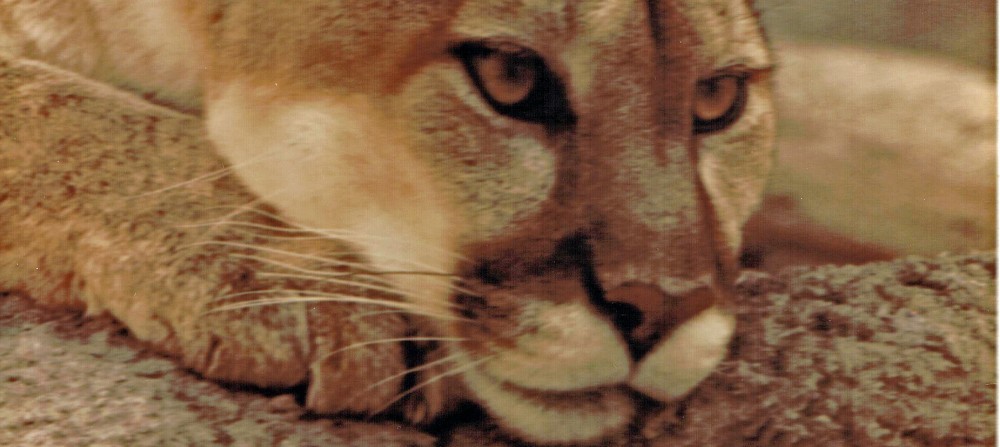Since Europeans first set foot on the American continent, war has been waged against predators, with bounties and other lethal programs put on their heads. But, when a predator is no longer a threat, when they have the ability to self-regulate their population, and when they are not a form of sustenance, why does the killing continue? Surely our responsibility now lies in protecting our environment and pursuing a path towards peaceful co-existence?
Instead, we see a rise in one of the most disturbing practices of humankind — killing purely for fun. Coyote killing contests are a prime example. It is an unethical, indefensible, and ecologically damaging practice. To be able to derive pleasure from killing a defenceless creature, for no reason apart from the chase, demonstrates one of the most selfish and cruel aspects of our cultures. Despite excuses made for the contests, killing coyotes for “sport” is merely for the pleasure of killing, breeding a culture of disrespect and violence towards life and nature.
In the USA popular targets include coyotes, prairie dogs and pigeons. The practice is adopted by all ages, with some competitions having “youth” divisions. To take part in a hunt you have to pay an entrance fee and subsequently receive a monetary reward for every kill you make, with the largest lump sum given to the person with the biggest kill. Prices vary tremendously.
The contests take place under the guise of ‘pest’ control, but if anything they cause more harm to the environment. Coyotes pose little if any threat to humans, and generally avoid human contact whenever possible. Contrary to hunter’s claims, coyotes are generally not a threat to deer, elk and other large prey, preferring easier meals such as mice and berries. In terms of attacks, a 10 year study of over 300 coyotes in the greater Chicago metropolitan area found that, only two had had fights with pets. Furthermore, as coyotes have no meat and very little fur value, the contests are unjustified on any moral basis.
Sandy Sisi Pups“Like any predator, coyotes self-regulate,” Camilla Fox, founder and executive director of Project Coyote in California, told me. “The best thing we can do is leave them alone because what we know through decades of research is that when we exploit coyotes we disrupt their social pack structure. This can result in an increase in pup survival, and ultimately an increase in the local population. So the message through science is leave the coyotes, wolves, and other predators alone. They don’t need to be “managed” by humans. That will help to promote peaceful coexistence.”
To read the complete story please click HERE.







